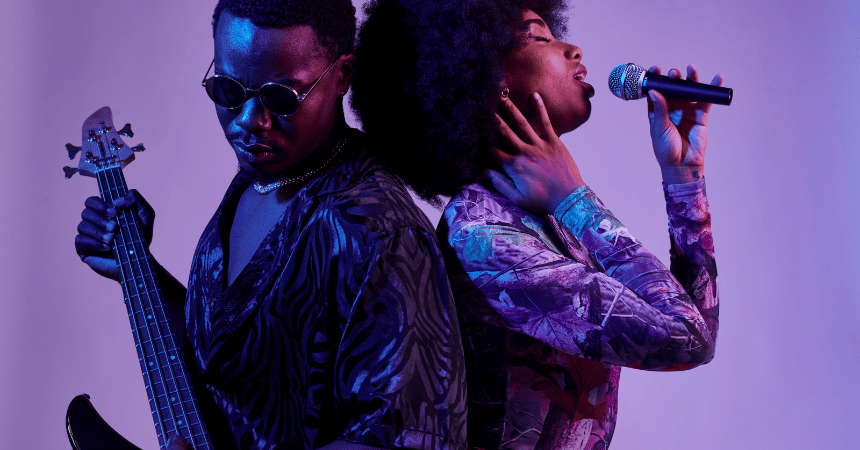R&B, or rhythm and blues, is a genre of popular music that has its roots in African-American communities. It originated in the 1940s and 1950s and combines elements of blues, jazz, and gospel music. Over the years, R&B has undergone significant evolution, with various subgenres emerging and influencing the direction of the genre.
One of the earliest forms of R&B was jump blues, which was popular in the 1940s and 1950s. This style was characterized by upbeat tempos and horns, and it was often played in dance clubs. Jump blues was a precursor to rock and roll and helped to lay the foundation for the evolution of R&B.
In the 1950s, R&B began to evolve into a more mainstream sound, with artists like Ray Charles and Sam Cooke introducing elements of soul and gospel into their music. Charles and Cooke helped to define the sound of the era and set the stage for the growth and popularity of R&B.
The 1960s saw the rise of Motown, a record label that helped to popularize R&B and soul music. Motown artists like Marvin Gaye, The Supremes, and The Temptations had a significant impact on the evolution of R&B and helped to define the sound of the decade. These artists blended elements of R&B, soul, and pop to create a unique and influential sound.
In the 1970s, R&B began to branch out into different subgenres, including funk and disco. Artists like James Brown and Earth, Wind & Fire helped to popularize these styles and influence the direction of R&B. Brown’s energetic, high-energy performances and Earth, Wind & Fire’s funky, horn-laden sound helped to define the sound of the decade and pave the way for future developments in the genre.
The 1980s saw the emergence of contemporary R&B, which was characterized by a more polished, pop-influenced sound. Artists like Michael Jackson and Prince helped to define this era of R&B and brought the genre to a wider audience. Jackson’s smooth, danceable hits and Prince’s experimental, genre-blending sound helped to shape the direction of R&B in the 1980s and beyond.
In the 1990s and 2000s, R&B continued to evolve, with subgenres like neo-soul and hip hop soul emerging. Artists like Lauryn Hill and D’Angelo helped to popularize these styles and bring a new sound to R&B. Hill’s fusion of soul, hip hop, and reggae, and D’Angelo’s smooth, soulful sound helped to define the sound of these decades and pave the way for future developments in the genre.
Today, R&B encompasses a wide range of styles and influences, from the smooth, soulful sounds of the 1960s to the more modern, hip hop-influenced styles of the present day. Despite its evolution, R&B remains a popular and influential genre, with many contemporary artists drawing inspiration from its rich history. The genre has come a long way since its humble beginnings in the 1940s and 1950s, and it continues to evolve and grow as new artists emerge and bring their own unique perspectives to the table.

